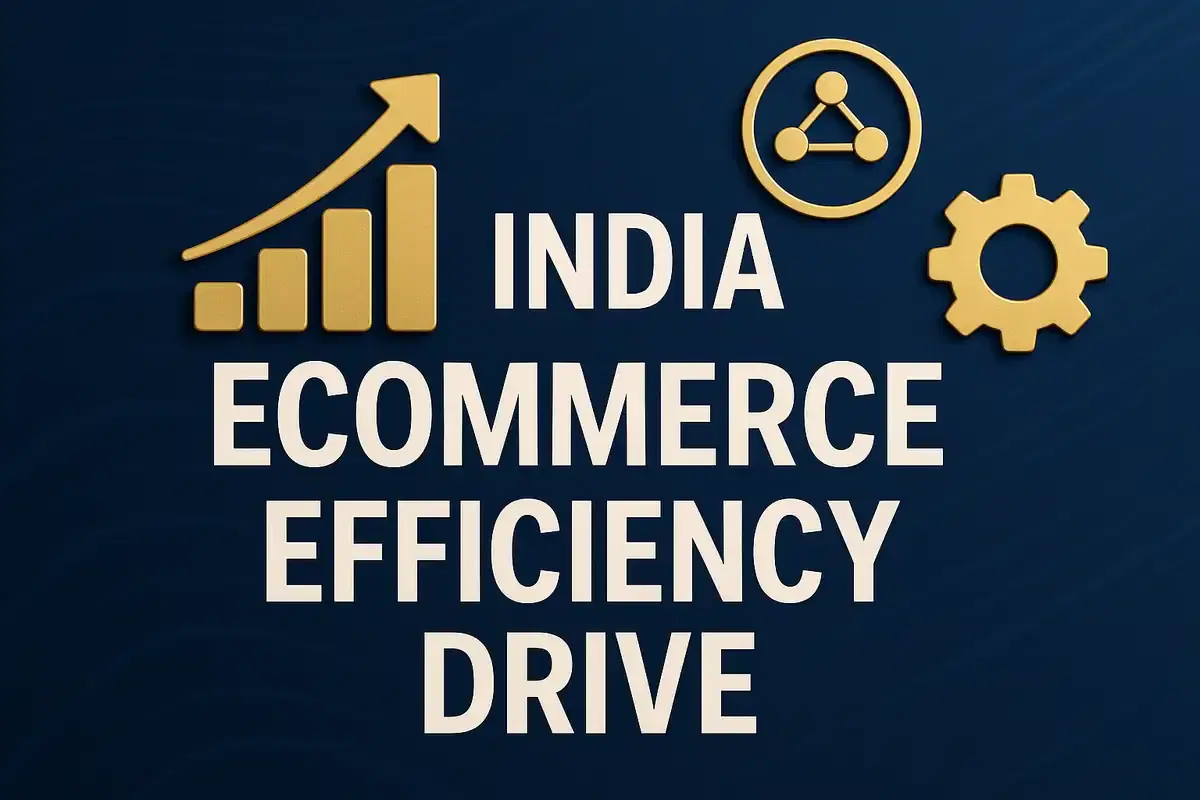India's E-commerce Sector Focuses on Efficiency and Profitability Amidst Maturing Market
Consumer Products
|
29th October 2025, 2:11 PM

▶
Short Description :
Detailed Coverage :
India's e-commerce market is evolving as it matures and faces fiercer competition. Companies are shifting their strategies to emphasize operational efficiency and more controlled spending. This involves adopting technology to improve supply chains, refining marketing expenditures for better returns, and expanding their reach into Tier-II and Tier-III cities. The primary goals are to maintain revenue growth while simultaneously cutting down on losses, making operations more profitable. This strategic pivot is particularly vital for companies that are preparing to go public.
These adjustments are expected to bolster profitability and equip e-commerce platforms to better handle the challenges of slowing growth after the pandemic, intensified competition, and changing consumer habits in both urban and semi-urban areas. Amazon's India operations have notably managed to sharply reduce their operating losses, reflecting the broader trend towards financial discipline in the sector.
Impact: This news significantly impacts the Indian stock market, particularly the consumer discretionary and technology sectors heavily involved in e-commerce. Investors will look for companies demonstrating strong execution of these efficiency strategies, which could lead to improved stock performance and profitability. The trend towards profitability over rapid, loss-incurring growth signals a more sustainable future for the sector, potentially attracting more stable investment. Rating: 8/10
Definitions: * Operational Efficiency: Performing business activities in the most effective and least wasteful way, maximizing output with minimal input. * Disciplined Spending: Careful and controlled expenditure of money, avoiding unnecessary costs. * Technology-driven Supply Chains: Utilizing advanced technology, such as automation, AI, and data analytics, to manage the flow of goods from origin to consumption. * Marketing Outlays: The amount of money spent on marketing and advertising activities. * Tier-II and Tier-III Cities: Cities in India ranked by population and economic activity, after the major metropolitan areas (Tier-I). * Profitability: The ability of a business to earn a profit, usually expressed as net income or profit margin. * Post-pandemic Growth: The rate at which economic activity or sales increase following the end of the COVID-19 pandemic, often compared to pre-pandemic levels or peak pandemic surges. * Consumer Behaviour: The study of how individuals, groups, or organizations select, buy, use, and dispose of ideas, goods, and services to satisfy their needs and wants.